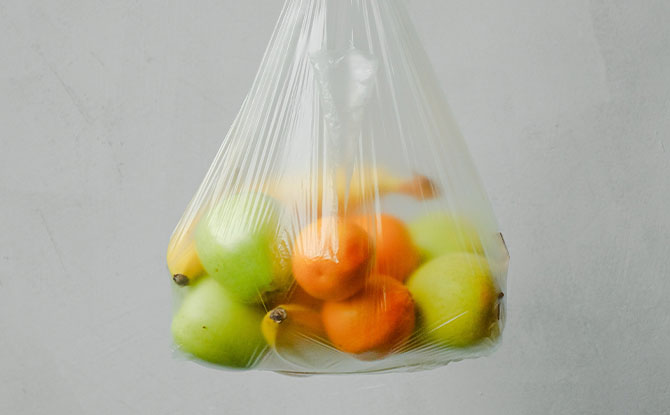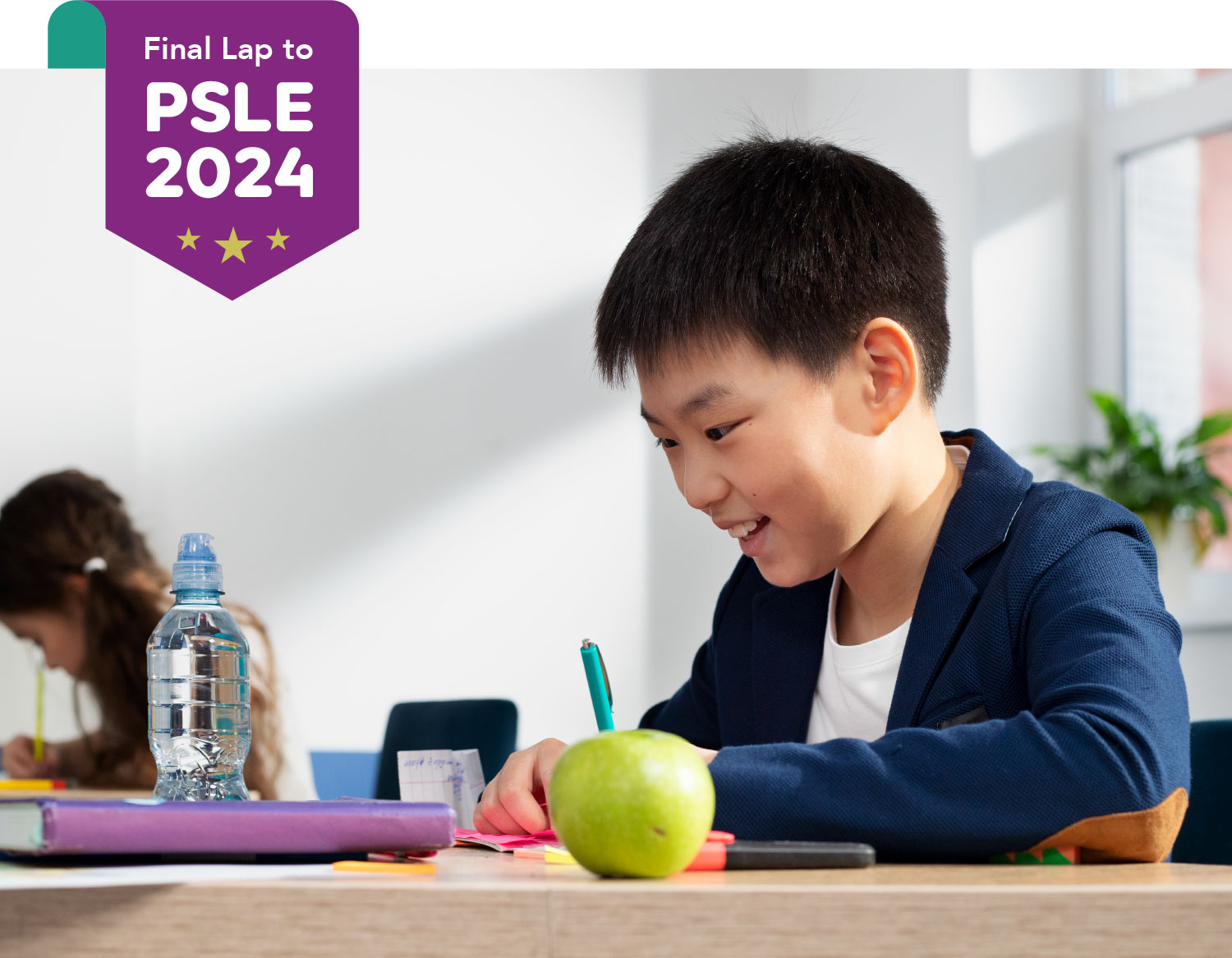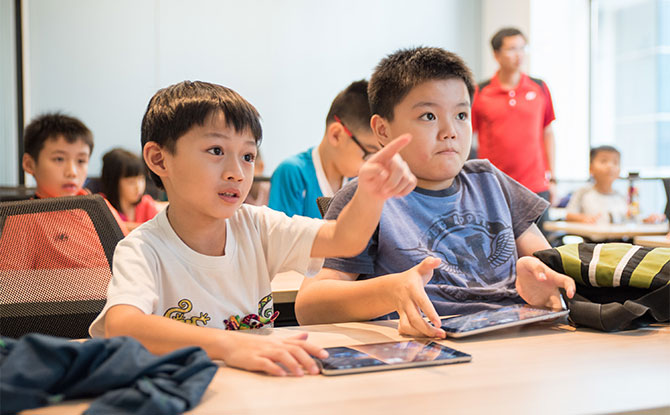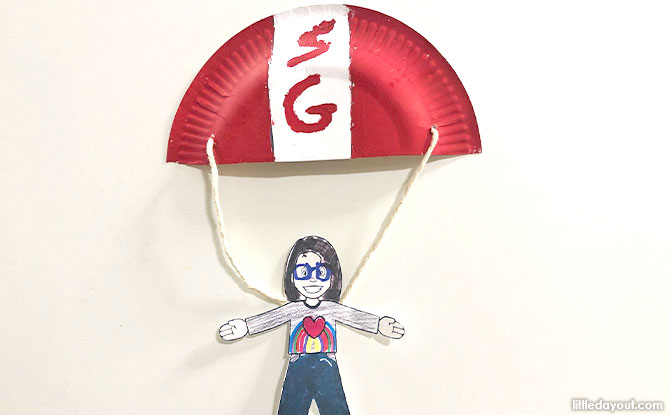
It’s hard to be content. After all, we usually tend not to appreciate what we have until they are taken away from us. The current “Heightened Alert” phase is a grim reminder of the privileges we could not enjoy during the Circuit Breaker. Some of us might miss the freedom of eating out or taking walks with our families or simply watching a play. It is also no better time to learn to be content while many countries are still battling the pandemic in much worse ways.
How do we teach our children to appreciate what they have? It might be difficult given how many excesses our children enjoy. There is no shortage of food, toys are aplenty with dedicated storage systems and mobile devices are easily accessible with a stable connection. I often wonder if my children will understand how blessed they are since they have no lack.
We gathered advice from other parents and therapists. Here are some tips we have for fellow parents on how to encourage their children to be thankful for all that they have. Thankfulness cannot be forced upon someone but it can certainly be encouraged with these steps.
How to Teach Children to Appreciate What They Have
1. Count Blessings daily
You might get requests from your child to get the latest gadget or toy or snacks. There can be a constant list of demands especially when they watch advertisements or check out their friends’ toy closet. When they ask for new toys or start whining about not having something they really want, you might feel tempted to say “You should be thankful for all your toys!”. That would not help the child feel any better nor inclined to be thankful.
BE PSLE-READY: Join Expert Educators for Revision Boosters to Empower P6 Students
BURP: Join the Sound Collector on a Whimsical Chase at Esplanade – Theatres on the Bay
WEEKEND IDEAS: Get Inspirational Ideas of Things to Do
Try empathising “I know you don’t have _________ and would really want to have _______.”
“It must be frustrating.” “How about naming one item you own that you are happy about?” You might need to help them to name their favourite toys or meal or TV programme. Especially during times like these when they have to be home, it could be difficult adapting thus resulting in unhappiness.
2. Start a Gratitude Journal
Instil the spirit of thanksgiving. Parents can point out the weather (even if it’s rainy or stormy, the grass and trees are watered) or little things such as the availability of shelter and peace. Start a gratitude journal as a family so there is a ritual of being thankful for something.
You can do this once or twice a week and perspectives can become more positive. There are plenty of options to choose from here and here.
3. Use less instant gratification
Avoid solving problems or appeasing children by instantly gratifying them with candy or a new toy. Teach them to wait or put the desired item on a list. Note it down either in writing or in your note-taker app so that the child can learn to wait for the special treat. This will also help the child to perceive their parents not to be magical wish-granting fairies.
One practice I believe in is also to keep toys in storage especially during intense gifting seasons like Christmas or birthdays. Overwhelming the child with new toys naturally lead to little attention spent on them, while opening one gift every once in a while would help the child focus better and maximise the play.
4. Walk in the shoes of others
This is probably familiar to Asian parents who often quote the plight of hungry African children when their offspring isn’t inclined to finish their food. While it can be difficult to empathise with children we are not familiar with many miles away, there is still a benefit in walking in the shoes of others.
This can be reinforced anywhere – whether it’s walking by void decks with migrant workers napping or having their meals, or construction workers doing road repairs, cleaners wiping windows or food deliveries, aunties at the markets. Noting how others are toiling in the hot sun, their meal choices, the dangers of their jobs would encourage your child to be thankful for the people working hard to better our lives.
5. Volunteer time and resources
One great way to think of others more is to find out how different the lives of the less privileged are. Through food distribution or befriending missions, we can take a peek into the lives of others. Some places where you can volunteer as a family are listed here.
6. Observe others and give Tokens of Appreciation

How about gifting little tokens of appreciation to people who help us? A cold drink to the delivery personnel, a thank you note to the estate cleaner or some fruits to the security guards are ways we can show our gratitude to others. This would help us and our child to be more conscious of the people around us, and hopefully, be more thankful beings.























